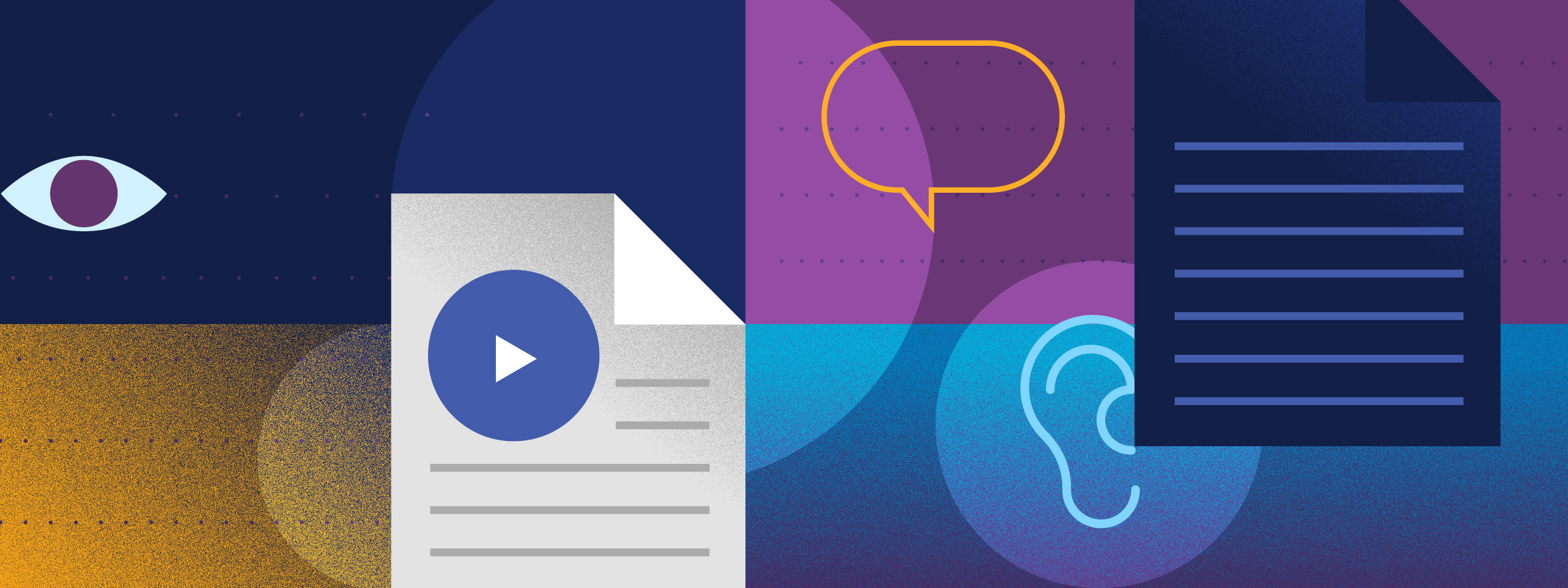Accessibility resources


W3C has compiled a treasure trove of standards and resources for all things accessibility. Go here first.
Recommendations for making Web content more accessible across a wide range of disabilities, including visual, auditory, physical, speech, cognitive, language, learning, and neurological disabilities.
Scenarios of how people with disabilities use the Web, highlighting some web accessibility barriers that people commonly experience because of inaccessible websites and web tools.
Looks at WCAG Success Criteria by roles (e.g., interaction designer, back-end developer, etc.) to provide a framework for planning and managing cross-disciplinary accessibility efforts.
Technical documentation for making with dynamic content and advanced user interface controls developed with Ajax, HTML, JavaScript, and related technologies more accessible.
A fairly detailed introduction to the needs of users with disabilities in relation to audio and video.
Guidelines for designing web content authoring tools, such as content management systems, that are more accessible to authors with disabilities.
Documentation on making browsers, browser extensions, media players, readers and other applications that render web content more accessible.
Also see our article, “Our favorite accessibility tools” for a more in-depth description of these tools.
Free | One of the most widely known accessibility tools, you can simply paste in a URL or use the service via browser extensions.
Free, with a pro version | Can run ad-hoc single page tests, or test large volumes of pages while integrated into CI/CD processes.
Free | Open-source, automated tool for improving the quality of web pages. It has audits for performance, accessibility, progressive web apps, and more. It can be run in Chrome DevTools, from the command line, or as a Node module.
Paid | One-click web site testing tool available as a desktop application for Mac or Windows, and also as a web application.
Free browser extension, or paid for full site audits.
Open source video player that supports audio descriptions and other accessibility features.
Mozilla's initiative to help teach machines how real people speak, aiming to help make voice recognition open and accessible to everyone.
Chrome extension that helps developers and designers simulate different types of color blindness.
Excellent weekly newsletter about web accessibility curated by David A. Kennedy.
By Roger Attrill, includes very interesting visualization of the full RGB color spectrum to illustrate suitable contrast
Join Léonie Watson (a blind screen reader user) as she explores the web, and find out about some unexpected properties of HTML elements that not only have a huge impact on accessibility, but also turn out to be pretty good for performance, too.
“If you have personas, and they are 100% able-bodied, you are doing everyone a disservice.” Sheri Byrne-Haber discusses an interesting approach to disability representation in your user personas.
A look at the state of web accessibility today and how machine learning could help make a more accessible web for all, by Laura Johnson.
Everett Zufelt discusses potential opportunities for ML to enhance web accessibility.
Technology has been both a help and a massive hindrance to the blind community, argues Josiah Hess in Vice.
Visually impaired creators are a lifeline for those who share their disability—and they’re educating and making allies of sighted people along the way. By Emma Grey Ellis for Wired.